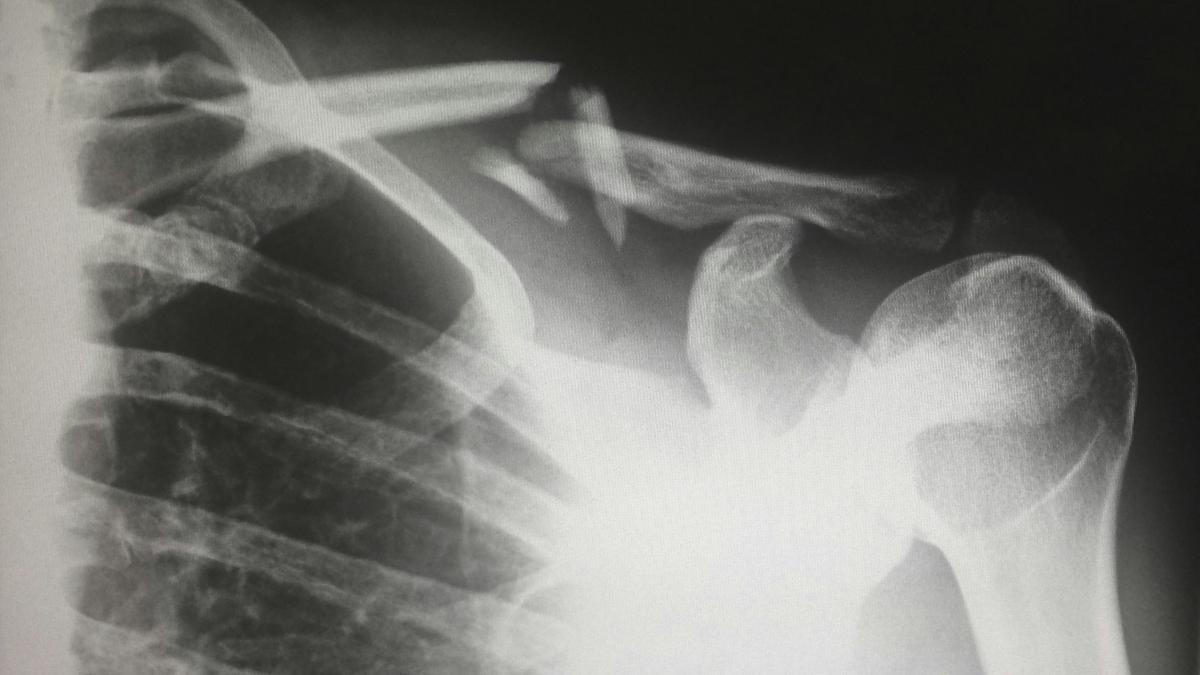The story behind the numbers: how burden of illness studies add value to HTA submissions

In a time of increasing cost pressures, limited resource capacity, and heightened demand for new treatments, Health Technology Assessments (HTAs) play a vital role in evaluating whether new interventions will provide sufficient patient benefits to justify the cost to the health service.
Traditionally, HTA submissions leverage significant amounts of data: data about cost, clinical efficacy, benefits, and risks. But when viewed in isolation, these robust data sets may only provide HTA bodies with a blinkered view of the broader impact of an intervention.
Despite the direct impact that new treatments have on the lives of patients, their stories and lived experiences have been largely absent in HTA submissions, with many agencies actively seeking to analyse the impact of an intervention on the patient through consideration of clinical outcomes assessments (COAs), usually patient-reported outcomes (PROs). But, while PROs consider the status of a patient’s health condition and the potential impact of an intervention, the HTA/reimbursement decision-maker may have difficulty interpreting what a numerical improvement in quality of life actually means for the patient on a day-to-day basis.
Including burden of illness (BoI) – or burden of disease (BoD) – studies alongside PRO data in HTA submissions can help to capture the broader impact of a disease and intervention on patients, carers, family members, and the wider healthcare system. When used alongside PROs, this mixed-methods approach of marrying quantitative analysis with qualitative patient narratives can help decision-makers to make more informed decisions.
• Read the full article in pharmaphorum's Deep Dive digital magazine











